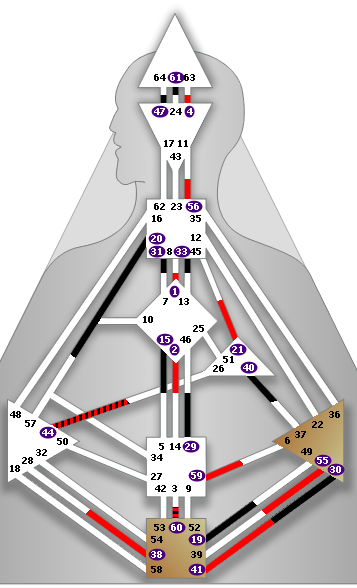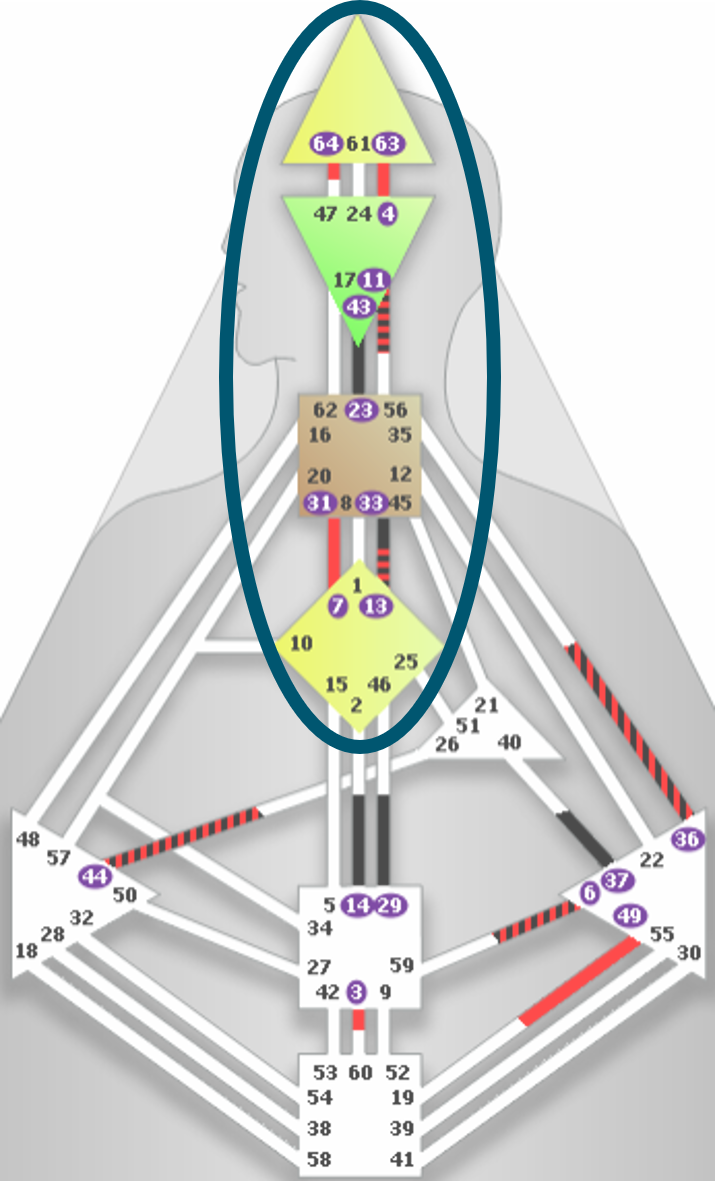Facts and Data
Management & Employee Engagement
Employee Engagement (*)
- 2023 23%
- 2021 21%
- 2022 23%
- 2023 23%
- 2024 21%
Employee Engagement (*)
- Engaged (-2%) 21%
- Not Engaged (+0%) 62%
- Actively Disengaged (+2%) 17%
Intent to Leave
(*)
- Not Looking for Another Job 50%
- Watching for Opportunities 27%
- Actively Looking for Another Job 22%
Trust in
Leadership (*)
- 2020 24%
- 2021 23%
- 2022 22%
- 2023 23%
- 2024 20%
Performance
Management (*)
- 2020 24%
- 2021 20%
- 2022 19%
- 2023 22%
- 2024 20%
Goal
Setting (*)
- 2020 31%
- 2021 26%
- 2022 24%
- 2023 27%
- 2024 26%
(*) Data based on Gallup Reports (https://www.gallup.com/)
When do you want to change these trends for yourself and your company?
Career Types
%
Advisor
%
Builder
%
Initiator
%
Evaluator
Each person has a different Career Type.
How can it be that job descriptions are generic?
Information Assimilation
Information assimilation is the process of comprehending, integrating and understanding data. It involves breaking information down into smaller pieces and organizing it for easier consumption. There are different types of information assimilation that have their own uses and advantages to help you process data more effectively and efficiently.
There are a number of different ways how people learn, process and assimilate information into their brain. As all in life, each of these different types come with their advantages and challenges. If you get to know your own unique assimilation style you will be able to maximize your own learning. Furthermore, each style has its own pace. So if you have ever wondered why “the others are so fast or slow in grasping the data” there’s the reason.





